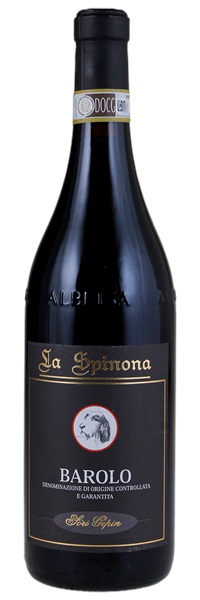Estimate

...aromas and flavors of dried cherries, violets and bright dried spices, such as green cardamom, as well as a lightly saline edge. Full-bodied and full of promise with a thick, spicy and lightly firm finish.
...notes of dried fruit, licorice and smoke. There is a pretty spot of crisp acidity that gives the wine a lively, bright approach.
Menthol, eucalyptus, tar and licorice are the main flavors in this rich, distinctive red, which is firm, remaining fresh and expressive on the long, savory aftertaste.